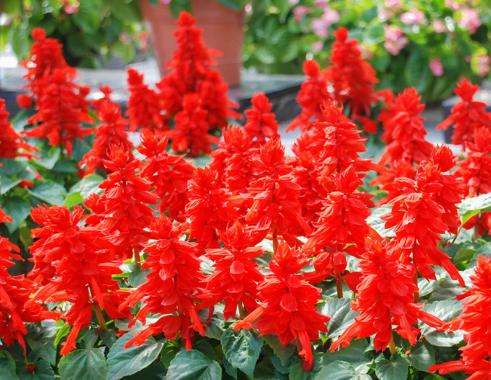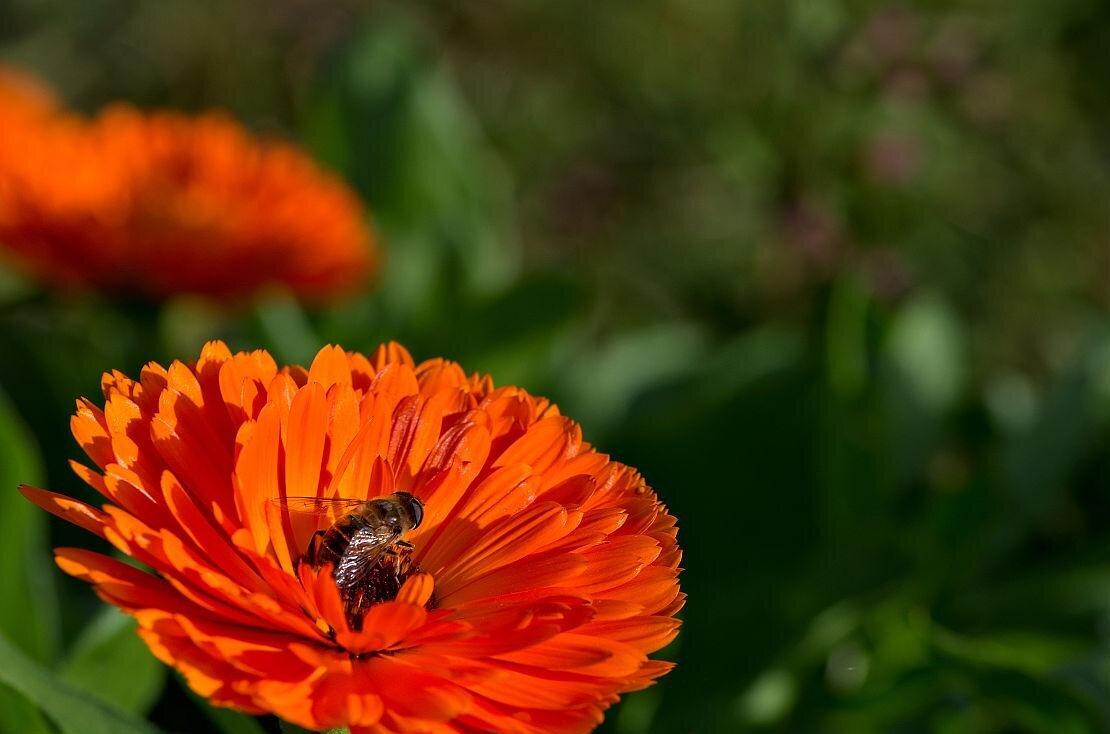Ericaceae is an interesting family of plants. One notable story about this family involves the blueberry. It is said that during World War II, American soldiers would often be served blueberry pie made from locally sourced wild berries while on missions in the Pacific. This helped to boost morale and also provided important nutrition to the soldiers. In fact, the blueberry was so important that the US government even commissioned the development of a special dehydrated blueberry powder to be used in military rations. Today, the Ericaceae family continues to provide important sources of food, medicine, and ornamental plants around the world.
Picture
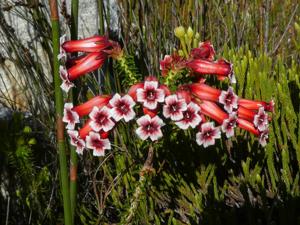
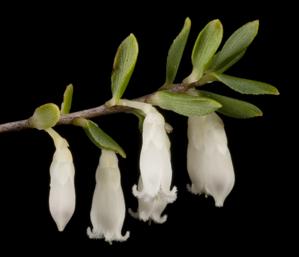
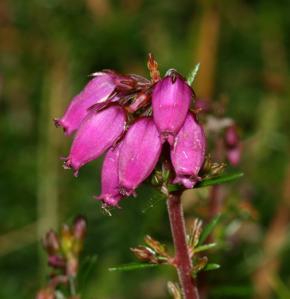
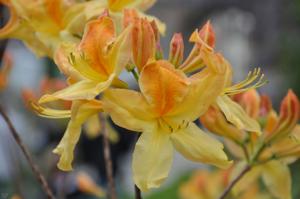
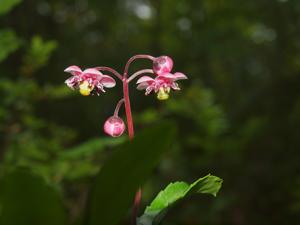
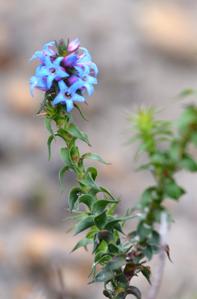
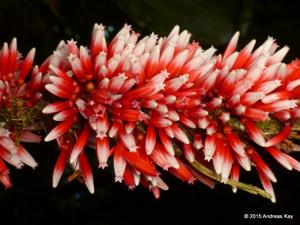
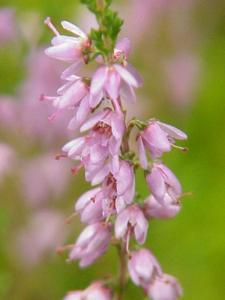
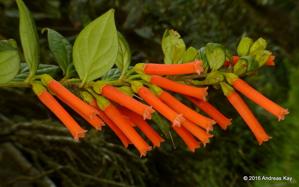
Plant some seeds now!
Short Description
The Ericaceae (/ˌɛrɪˈkeɪsi.aɪ, -iː/) are a family of flowering plants, commonly known as the heath or heather family, found most commonly in acidic and infertile growing conditions. The family is large, with c. 4250 known species spread across 124 genera, making it the 14th most species-rich family of flowering plants. The many well known and economically important members of the Ericaceae include the cranberry, blueberry, huckleberry, rhododendron (including azaleas), and various common heaths and heathers (Erica, Cassiope, Daboecia, and Calluna for example).
Description
The Ericaceae contain a morphologically diverse range of taxa, including herbs, dwarf shrubs, shrubs, and trees. Their leaves are usually evergreen, alternate or whorled, simple and without stipules. Their flowers are hermaphrodite and show considerable variability. The petals are often fused (sympetalous) with shapes ranging from narrowly tubular to funnelform or widely urn-shaped. The corollas are usually radially symmetrical (actinomorphic) and urn-shaped, but many flowers of the genus Rhododendron are somewhat bilaterally symmetrical (zygomorphic). Anthers open by pores.

